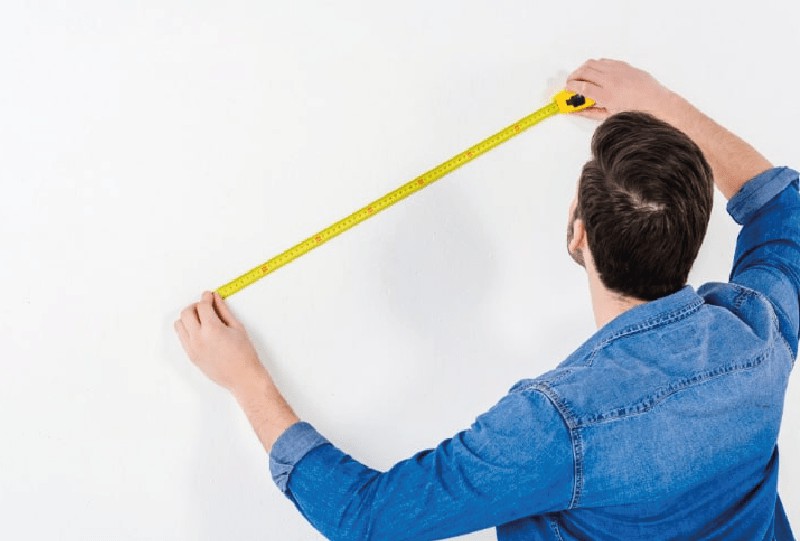How to calculate square meters: Quick and easy guide
At some point you've probably wondered how many square meters a room or any other space has. Although it may seem complicated at first, calculating square meters is easier than you might imagine. In this article we explain how to do it in a simple and accurate way.

Importance of square meters in a home
The size of a home in square meters is a crucial factor, especially when determining its value. It is essential to know how to calculate square meters to avoid possible misunderstandings or overvaluations. Many people rely on the data that appear in the deeds or in the land registry, but this can lead to errors, since these documents sometimes do not include areas such as terraces, porches or patios.
Therefore, it is important to distinguish between useful meters and built meters. Useful meters are those that you can use inside the home, that is, the surface that you actually walk on. Built meters, on the other hand, include all the spaces in the house, such as walls, hallways, stairs and partitions. This distinction is key when making any calculation or valuation of a property.
Steps to calculate the square footage of a room
Let's say you need to calculate the square footage of a room to know how much paint to buy or to plan a renovation. Follow these steps to do it correctly:
1. Measure the length and width of the room: Use a tape measure or a measuring tape. Measure one wall of the room and write down the length and width measurements. For greater accuracy, make sure to clear the room of furniture and obstacles before measuring.
2. Multiply the measurements: Once you have the two measurements (length and width), multiply them together. The result will be the square footage of that wall or area of the room.
3. Subtract the area of doors and windows: If you want to be even more exact, measure the areas of the doors and windows of the room and subtract them from the total calculated in the previous step. This way you will get the exact value of usable square footage.
How to calculate square meters on flat surfaces
To calculate square meters on a flat surface, such as a fabric or a mural, you can also use a tape measure or a measuring tape, depending on what is more comfortable. The procedure is similar to that of a room:
1. Measure the length: If the surface is too large, divide the measurement into sections and use a pencil to mark the areas.
2. Measure the width: Write down the width measurement and write down the result.
3. Multiply length by width: As in the previous case, multiply the two figures to obtain the total square meters of the surface.
Using a laser meter to calculate square meters
Another option to measure the square meters of any space is to use a laser meter. This device is especially useful when it is difficult to measure with a conventional tape measure, such as in large rooms or uneven surfaces. To use it, simply point the laser at the point where you want to start measuring, both in length and width, and the meter will do the calculation automatically.
Recommendations for calculating square meters correctly
- Difference between useful and constructed meters: Make sure you are clear about this distinction to avoid errors in your calculations.
- Terraces and outdoor spaces: If your terrace is closed on three of its four sides, it is counted at 100%. If it is open, only at 50%.
- Garages and storage rooms: These spaces are usually counted separately when calculating square meters.
- Measure on your own: It is always advisable to calculate the square meters of any property or surface that you are going to acquire, to have more precise data.
Now that you know how to calculate the square meters of a room or surface, you can apply these simple steps in your future projects. You will no longer have to rely on third parties to get exact measurements and you will be able to plan more accurately any work or investment in your home.





Our customers trust us
Opinions of our clients
Receive our news